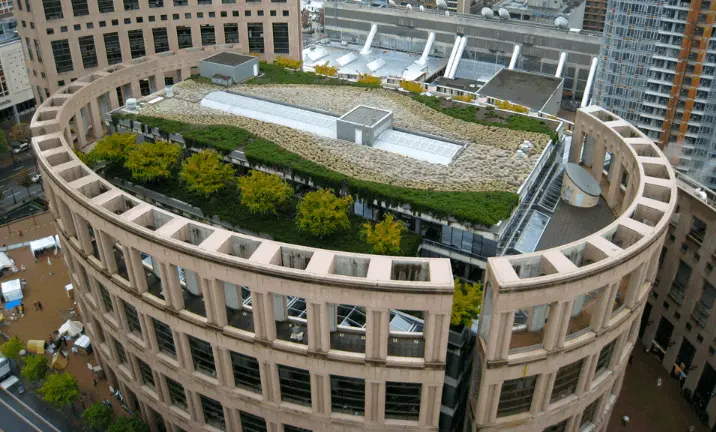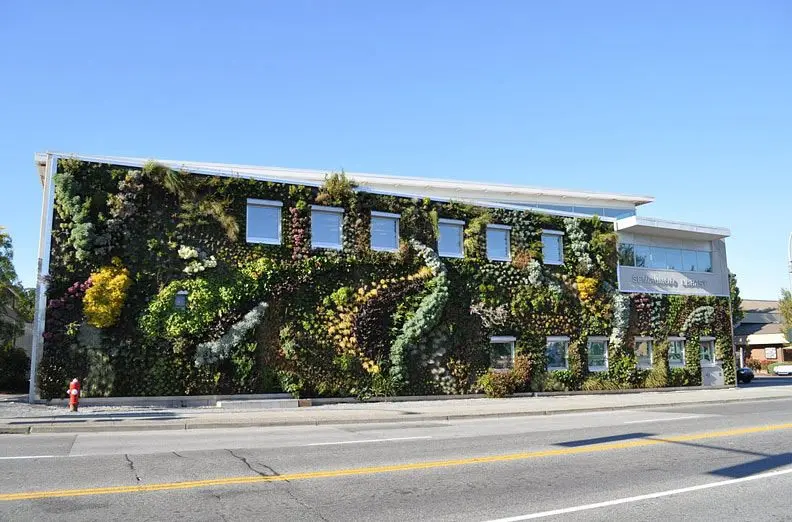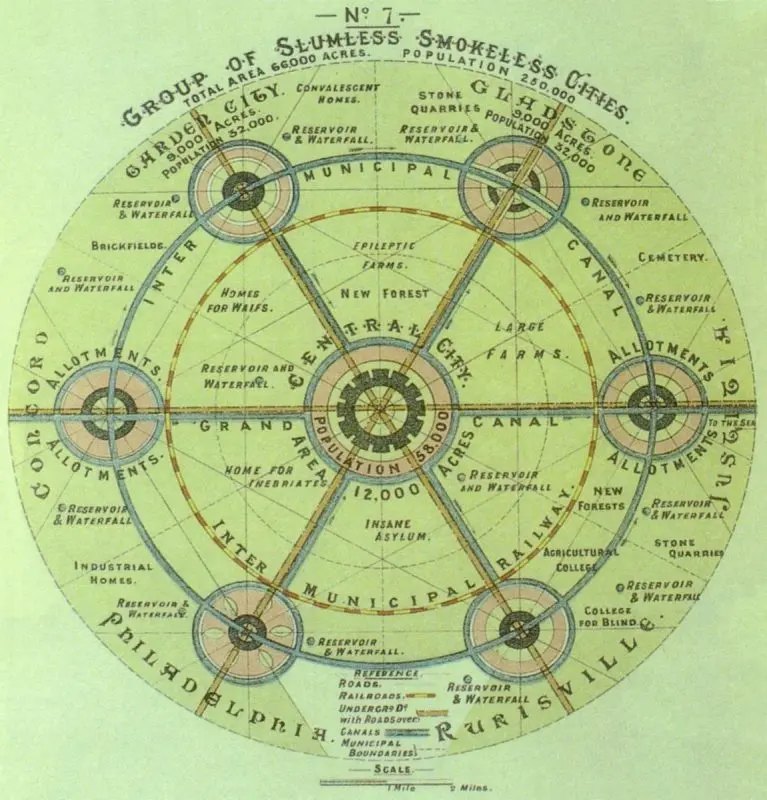Contents
With the development of cities, there is less and less space for plants. But it is green spaces that help people and the climate feel better. We tell who and how will resolve this pernicious contradiction
What is an urban gardener
An urban gardener is a person who is engaged in landscaping a metropolis. Large cities regularly burn a lot of fossil energy sources. Therefore, there is a traditionally high level of harmful emissions, with which link up to 7,8% of deaths in the world. At the same time, due to the low amount of vegetation, the temperature of megacities is on average seven degrees higher than in rural areas.
Plants can solve these problems, which, as more and more scientists are convinced that they are able to absorb huge amounts of CO2. In addition, green spaces increase the degree of air ionization by 5–8 times and capture up to 80% of dust and aerosols. Urban gardeners are needed to provide the concrete jungle with enough plants and keep them healthy.
City gardener – one of the professions of the future.
What does an urban gardener do?
Such specialists can be attracted to develop and preserve the already existing natural spaces of the metropolis, such as parks, squares, boulevards and alleys. Most experts agree that greening the city is an effective way to adapt to climate change. Therefore, gardeners are also increasingly involved in unusual projects to increase the number of plants.
For example, urban gardeners green the roofs of buildings. So, maples, blue and green fescue seedlings, sedums and wild species of bearberry were planted at the main library of Vancouver. This and similar projects the German company ZinCo is engaged in.

Vertical gardening systems help to place plants even more compactly, which is very important in urban environments. An example is the Green Over Gray case in White Rock, Canada. There is a “living” wall made right on the facade of the Semiamu public library building. 914 m2 of vertical surface is occupied by unique species of herbs, trees and shrubs.

However, urban gardeners can bring not only environmental benefits, but also commercial benefits. There are projects for growing vegetables in agro-skyscrapers and farms with a vertical orientation.
For example, in the heart of Singapore the Sky Green complex operates, where agricultural products are produced, which arrive on the shelves of local stores. The process is more profitable than traditional farming, not only due to the smaller area occupied by plantings, but also due to automation and energy-intensive technologies.
Skills required in the profession
To become a sought-after specialist, you need to understand landscape design, vegetable growing, crop production and horticulture, as well as know the basics of ecology, breeding and genetics.
But in addition to narrow-profile skills, super-professional soft skills will also come in handy:
- ecological thinking;
- systems thinking;
- ability to manage projects;
- design thinking;
- ability to intersectoral communication.
Trends and directions of the profession
Attention to urban gardeners will grow both from governments and private companies. Countries around the world are striving for a greener existence. For example, in 2020 the European Commission approved The European Green Deal is a set of policy initiatives to achieve climate neutral status in the European Union by 2050. Among other things, they have a clause on planting 3 billion new trees in the next 10 years.
Another trend is urban farming, which will also benefit from the knowledge and skills of gardeners. By According to UN forecasts, by the middle of the XNUMXst century, two-thirds of the world’s population will live in megacities. The new reality will require a reduction in supply chains and innovative solutions for growing crops within the city.
Startups are already emerging that are working in this direction. For example, in an Australian company Biofita invented the Foodwall, a modular, energy-intensive system. It allows you to grow edible plants directly on the balconies and roofs of buildings. The idea came to the creators when they learned that only 18% of the vegetables and fruits consumed in Melbourne are produced in the vicinity of the city.
Where and when will the profession come
The profession exists at the intersection of classical gardening and eco-urbanism. The first ideas about living space as close to nature as possible with modern infrastructure can be traced in the concept garden city, which appeared at the beginning of the XNUMXth century. The author proposed to create small settlements full of greenery for several tens of thousands of inhabitants.

Over the past century, his thoughts have found expression in suburbs around the world. For example, in London there are now 32 garden cities, and a similar project was even partially implemented in near Moscow Kratov.
A point of reference for more modern forms of urban gardening 2012 can be considered the year when the architect and urbanist Ian Thompson formulated the principles of landscape urbanism. The key among them is to blur the line between the natural environment and engineering solutions.
How to become an urban gardener
Become a city gardener can those who graduate from the university areas related to eco-technologies and sustainable development, as well as environmental problems of large cities. Geo-urban studies, environmental protection and urban ecology are also suitable programs to start in this area.
You can get into the profession by unlearning traditional gardening, landscape gardening, landscape design and design programs. With such knowledge, it will be possible to get a job in private landscaping companies, or try to build a career in state municipal improvement.










